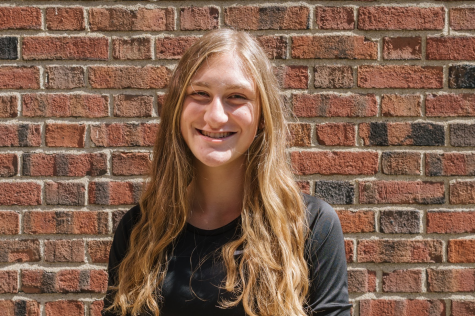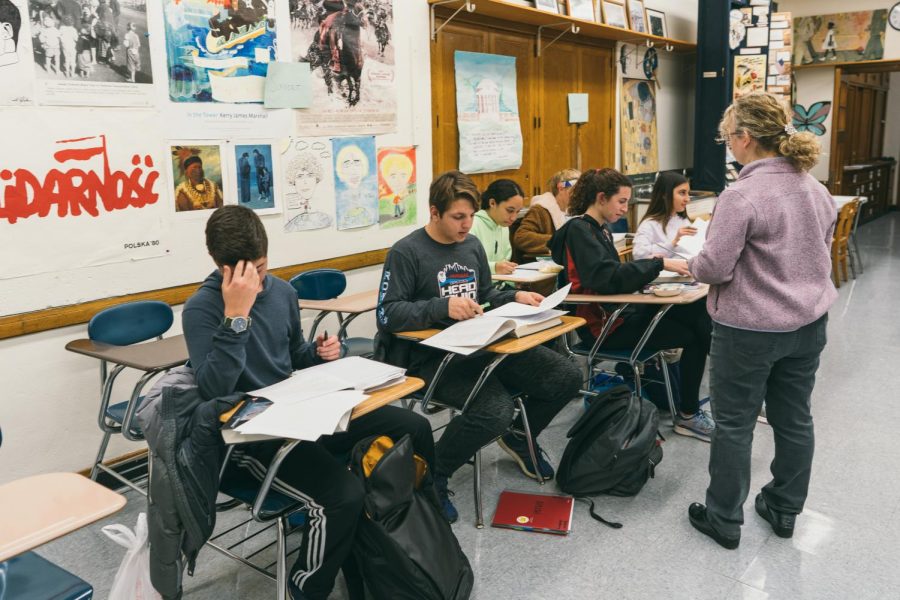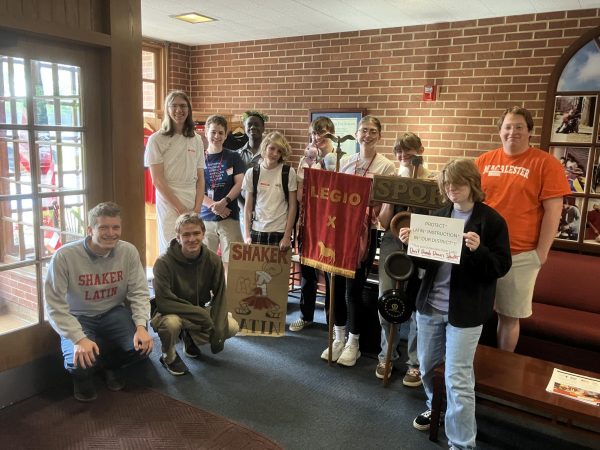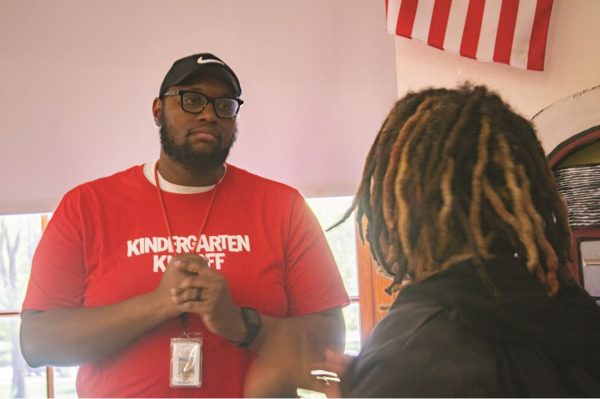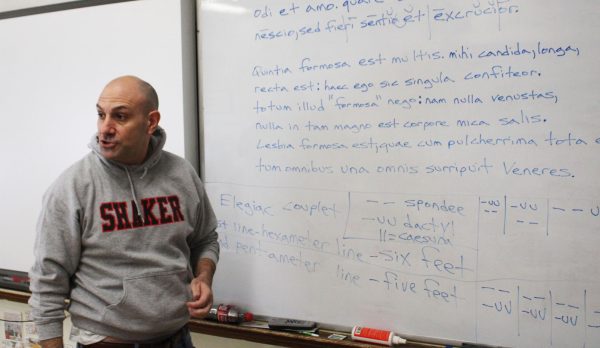Study Circles Are to Continue
Study circles will continue this school year, despite rumors of their suspension
Students working during Advanced Placement U.S. History study circles Nov. 29. AP U.S. History study circles are held every Thursday from 5-7 p.m. in Room 302.
A miscommunication about the continuation of study circles led to students believing they had ended.
“There was an issue over the compensation over the teachers who were leading the study circles, so the Shaker Heights Teachers’ Association, Dr. Wilkins and the Board of Education were just figuring out how we could make it happen,” said Principal Jonathan Kuehnle, who was reassigned to administrative duties outside of the high school Jan. 9 after having been placed on administrative leave Nov. 1. “The agreement is very fresh; I would expect those teachers would be able to conduct those study circles.”
The high school’s study circles are after-school opportunities for students to get help from teachers in the four core subject areas: history, math, English and science. Study circles are offered for two hours after school once a week per subject.
“Many people benefit from having another avenue to get some help. A student would come in and say, ‘I’m confused by what’s going on here.’ Then I would give an explanation of it, and in a lot of cases, that explanation would make a big difference,” said science teacher David Klapholz, who leads science study circles.
“The explanation is different from what their teacher says. It’s really hard to say it differently every single time,” said Klapholz, “but if you’re fresh to it, then it’s pretty easy to sound different, to come at it from a different perspective.”
From the beginning of this school year through mid-October, study circles were suspended. They resumed the week of Oct. 22.
Study circles were almost terminated during the 2017-18 school year due to payment disputes, but a temporary payment solution was put into place. That solution required more paperwork, according to social studies teacher Sarah Davis, who lead history study circles.
According to Klapholz, “You can pick up on the messages as a teacher that the work you’re doing is not important to the people that are making decisions.”
Davis estimated that last year, 50 students attended each history study circle session, and Klapholz estimated about 18 per science session. Davis said that because study circles were suspended this year, it will take extra effort from the teachers to bring students back to them.
Junior Molly Harper attended both math and history study circles as a sophomore and said that they provided a valuable resource for collaborative study time. Last year, Harper took 10 Honors Math and 10 Honors Language and Literature.
While study circles were postponed, Davis said she noticed a 4-5 percent decrease in test scores in her Advanced Placement U.S. History classes.
Davis said it was frustrating that study circles could not begin within the first week of school. Klapholz said that the lack of study circles meant less academic support. He said that students switching to enrollment in higher level classes had a more difficult time adjusting this year.
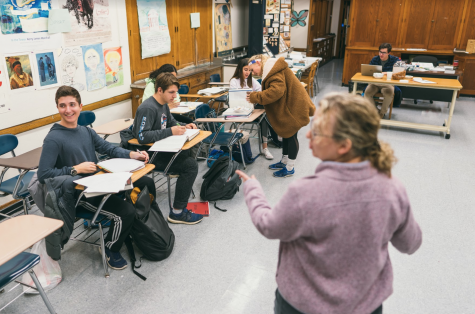
Study circles were almost terminated during the 2017-18 school year due to payment disputes, according to social studies teacher Sarah Davis.
Study circles were implemented in Shaker in the early 2000s after Dr. John Ogbu, an anthropology professor at the University of California at Berkeley, published “Black American Students in an Affluent Suburb: A Study of Academic Disengagement.”
The study followed the academic growth of almost 5,000 minority students in Shaker Heights, over the course of years and aimed to pinpoint the reason for the gap in academic performance between African-American and white students. Ogbu, who was not from Shaker, concluded that African-American academic performance is based on the routine oppression of their educational opportunities and thus is determined by their response to that oppression.
Ogbu uses data from his study to argue that black students believed they were academically inferior to white students, and thus excluded themself from higher-level courses. Additionally, Ogbu concluded that teachers contributed to those feelings of subordination.
This finding sparked conversation within the community about what could be done to help minority students succeed in school. Study circles were started under a grant secured by Terry Pollack, who taught at Shaker for 50 years. His goal was to provide support for African-American students in Advanced Placement classes. The district eventually took over funding for study circles.
Davis said the initial goal of study circles was to increase the number of African-American students in AP and honors-level courses. Originally just available to African-American students, study circles were later opened to students of all races.
Davis said the central administration made the decision to open study circles to students of all races. She said the program then met more students’ needs, however extending the program altered it because its goal was no longer to increase the number of African Americans students in honors level classes.
“The idea was that you can really make a difference in a young person’s life if they’ll take advanced courses,” Klapholz said. He said the goal was to “give a safety net for a person to take some chances.”
Harper said, “I’m disappointed and mad because I personally need the extra time with my teachers, and I think it’s an amazing resource, especially once you get to the higher-level classes.”
Comment using your Facebook, Yahoo, AOL or Hotmail account
